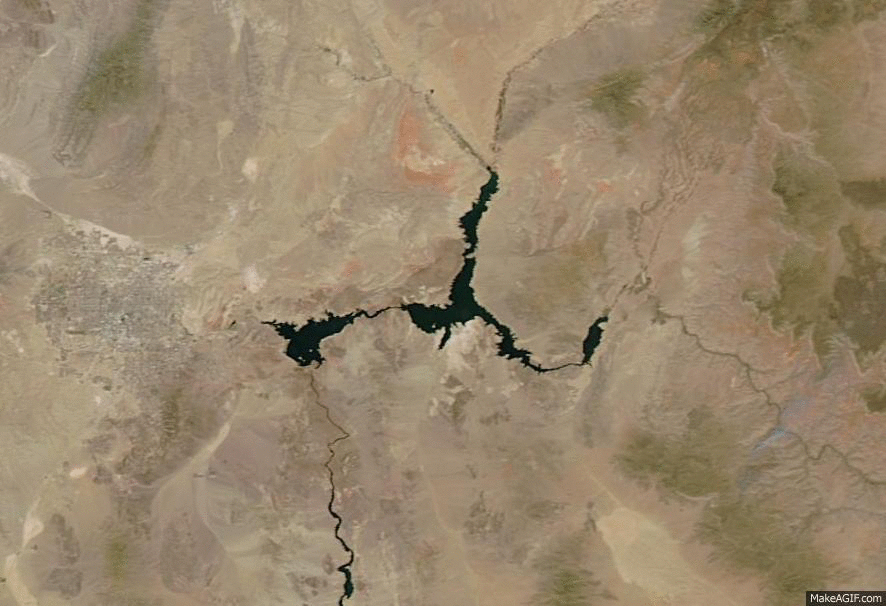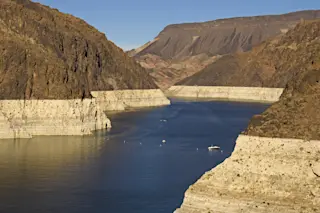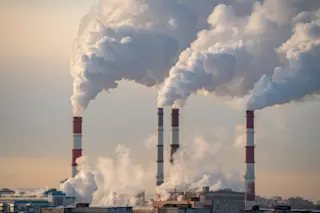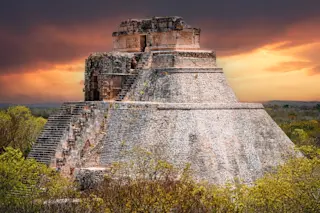An animation of images from NASA's Aqua satellite shows a visible change in the size of Lake Mead in just two years. (Source: NASA) Not that it was any surprise, but thanks to continuing drought, Lake Mead is projected to shrivel this week to its lowest level since it first filled behind Hoover Dam in the 1930s. All told, 40 million people in seven states depend on water from the Colorado River Basin. Lake Mead, situated near Las Vegas, is the giant hydrological savings bank that supplies water to the three lower basin states: Arizona, Nevada and California.
Lake Mead as seen from Hoover Dam. (Source: Bureau of Reclamation) The U.S. Bureau of Reclamation's announcement about Lake Mead this week has received a fair bit of coverage. So you may have heard the news and seen now almost cliché photos of the white bathtub ring around the reservoir made of ...














